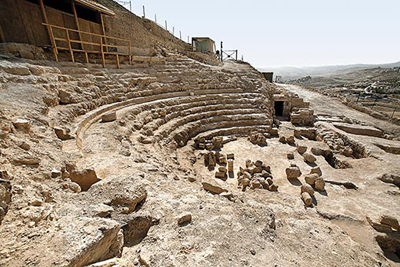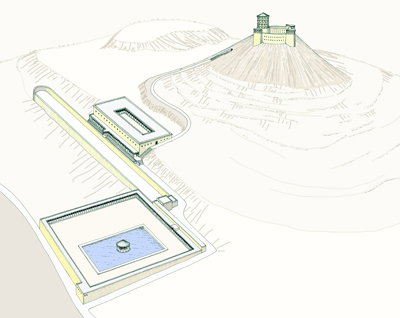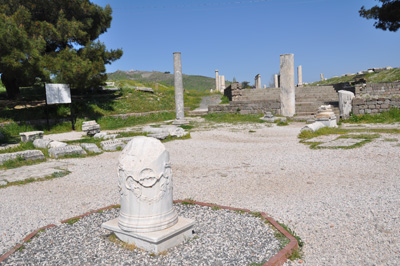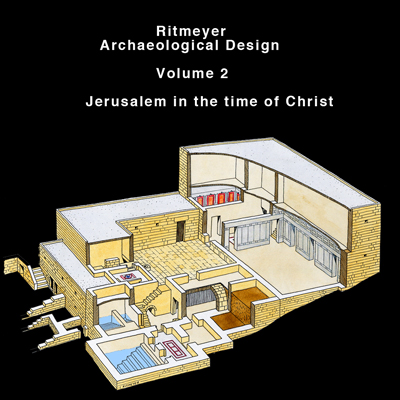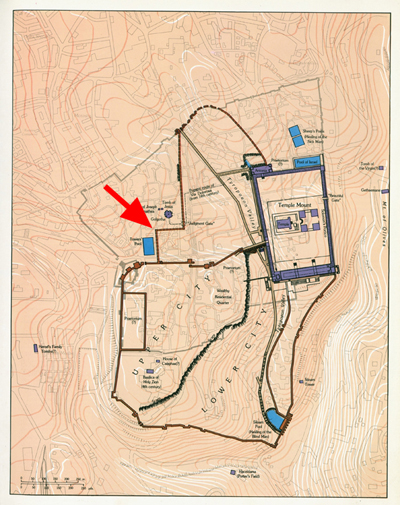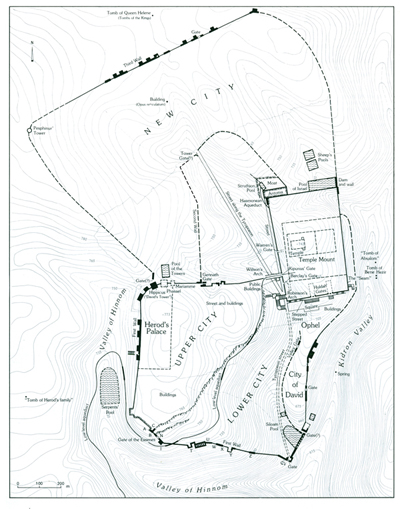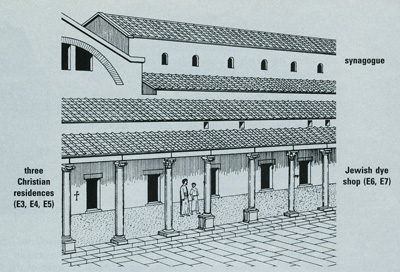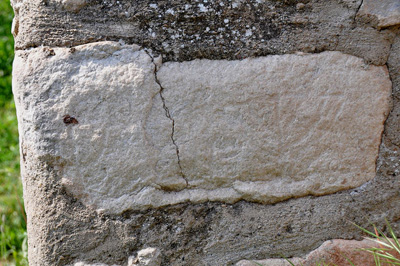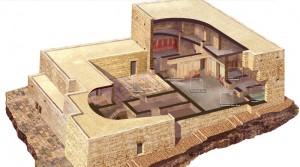It was reported this morning by the Israel Ministry of Foreign Affairs and Arutz 7 that “a section of an ancient city wall of Jerusalem from the 10th century bce—possibly built by King Solomon—has been revealed in archaeological excavations directed by Dr. Eilat Mazar and conducted under the auspices of the Hebrew University of Jerusalem. The wall, 70 meters long and 6 meters high, is located in the area known as the Ophel, between the City of David and the southern wall of the Temple Mount.” Todd Bolen, in two reports, gives a good site map and overview of the wall remains that have been found in the Ophel area and the problems of their identification.
Although it is not entirely clear from the report where the excavated wall is located, it can only be a continuation of the city wall (or a deepening of the previously excavated area next to it) that was earlier discovered, first in the 1970’s and continued in 1985-7 under the auspices of the late Prof. Benjamin Mazar and his granddaughter Eilat. This city wall is attached to a monumental building and a possible gateway and large tower, which was already explored by Charles Warren in the 1860’s.
The possibility of having found an Iron Age gateway was proposed confidentially to Eilat Mazar by myself, but it was reported to the press before I was given a chance to explore this hypothesis (Jerusalem Post, April 22, 1986). The difficulty of identifying the building that was excavated by the late Prof. Benjamin Mazar with a gateway is that the chambers are constructed very differently from gate chambers of that period.
Whether this “newly” found wall belongs to the Solomonic or a later period in the Iron Age remains to be seen. What is interesting, however, is the construction of the wall. Most of the stones have roughly hewn bosses and irregular margins. The ashlars in the stone courses are laid in a header-and-stretcher construction. The masonry looks, in fact, identical to that of the “Extra Tower” or “Projecting Tower”, as Warren referred to this construction. This area was excavated by the late Dame Kathleen Kenyon (Area SII) in the 1960’s, who dated this tower, based on the archaeological finds, to the eighth century B.C. (Digging Up Jerusalem, p. 115). It appears therefore to be a strengthening of the fortifications in this area during that time. The masonry in the newly reported wall looks identical and therefore may date to the eighth century B.C. as well and may be a reconstruction of an earlier wall section.
Additionally, as I plan to explain in an upcoming article on the Golden Gate, this masonry is identical to the lower courses on either side of this gate in the Eastern Wall of the Temple Mount. I have argued before that the monolithic gate posts inside the Golden Gate belong to the original Shushan Gate, the gate in the Eastern Wall of the Temple Mount of the First Temple period, which was constructed by King Hezekiah in the eighth century B.C.
Despite the lack of clarity in the reporting on the excavation results of this wall, it is nevertheless exciting to have more evidence of the city of Jerusalem during the First Temple period.
UPDATE: “Everything speaks for itself” … is the remark made repeatedly by Eilat Mazar in this video on the Arutz 7 website.
However, all it speaks to me of is … that she dug deeper in previously excavated areas and did not discover anything major that wasn’t known before.
The picture of the wall with the header-and-stretcher construction belongs to the “Projecting or Corner Tower” and not to the “new” city wall, as the first reports appeared to indicate. This tower was already dated by Kenyon to the 8th century B.C., as noted above. More pictures can be seen on the Hebrew University’s Facebook.
